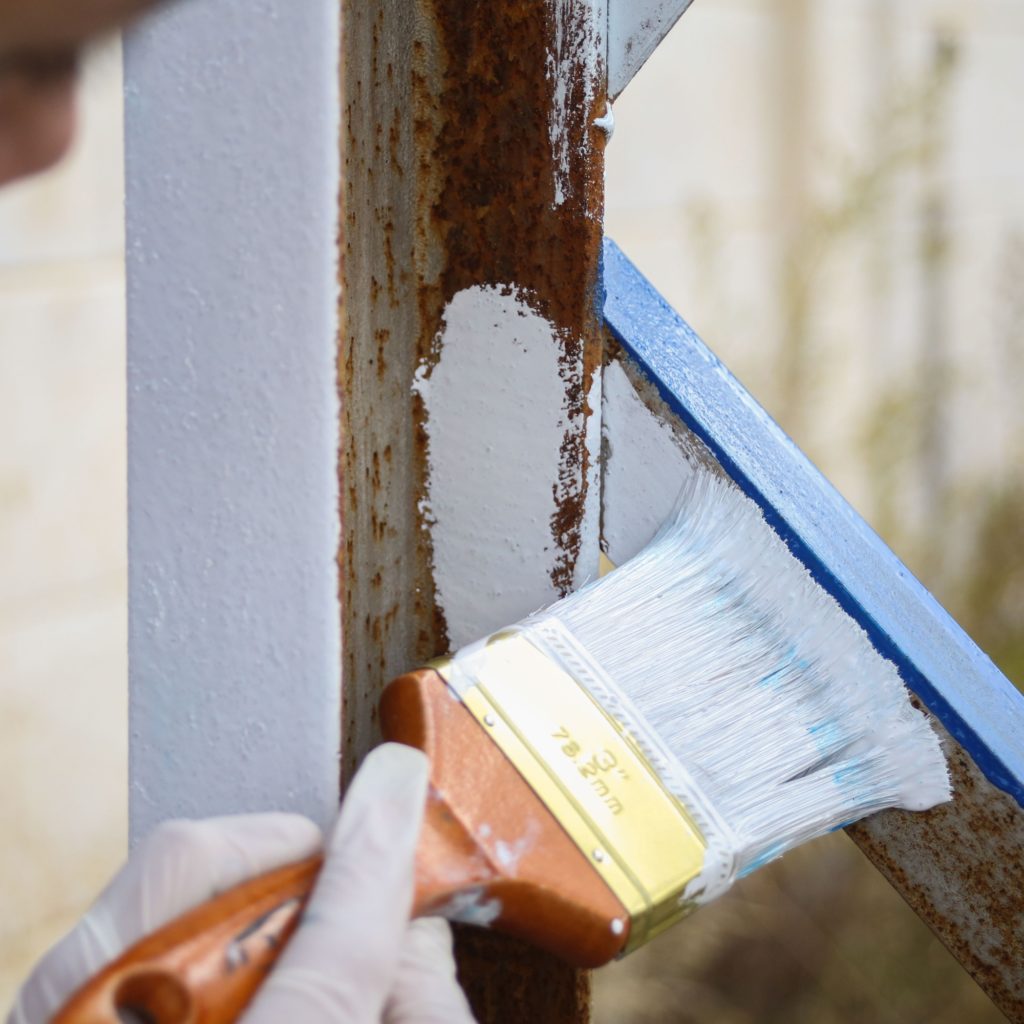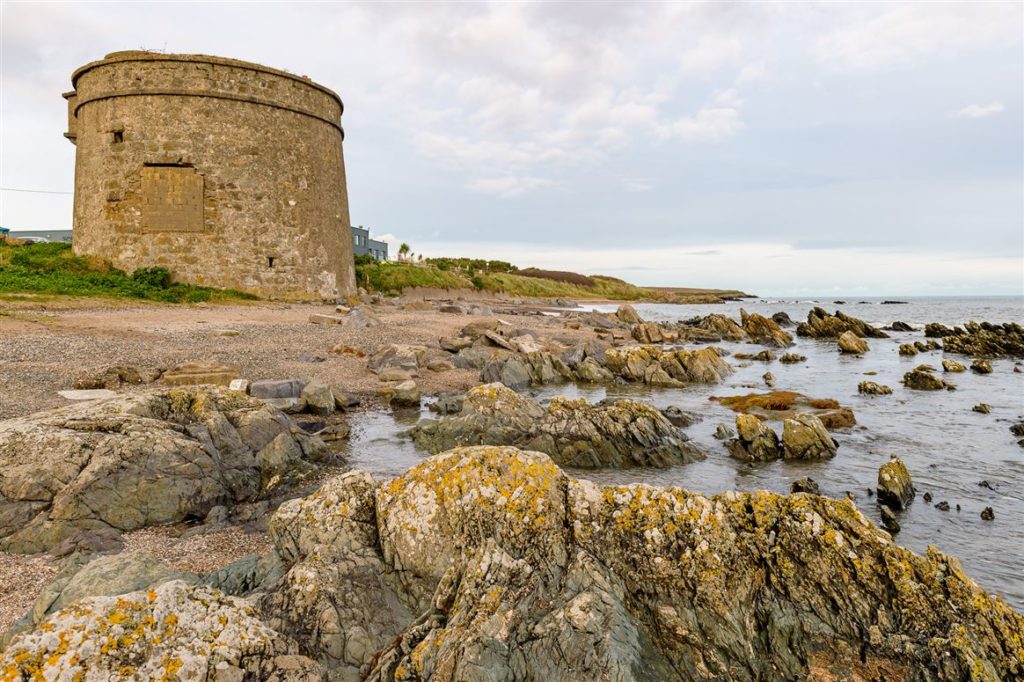By Aidan McDonnell, Pat McDonnell Paints
Old exterior metalwork requires regular care to prevent decay. Read our handy guide to learn how a simple lick of paint can restore your railings and gates to their former glory!
Step 1: Clean
Whether the surface is new or previously painted, it needs to be free of dirt, rust and other contaminants before painting. If the metalwork has been painted before, you can clean it with a hose and deck brush or with a cloth.
Step 2: Remove Rust
Removing rust is key; otherwise, it will eat away at the metal. Start by removing loose rust and paintwork with a paint scraper. Then scour the surface with a wire brush. Eventually, you will see parts of the surface change from a reddish-brown colour to silver.
Tip: Wear goggles to protect your eyes from flying rust!
Step 3: Sand
Sand the surface to abrade the previous sound coatings somewhat (this will assist the adhesion of the primer) and further clean the exposed iron.
If you notice some paint is flaking off where you used the wire brush – then go back to step one in this area.
Dampen a clean cloth with white spirits, wipe the dust off the ironwork, and allow to dry fully.
Step 4: Prime
For uncoated iron, you will need a primer. If you’re working on a previously painted surface, you only need primer in spots where the iron is exposed. The primer will lay the foundation for all subsequent coats of paint – so it’s critical to get it right the first time.
Start by applying one coat of a traditional metal primer to areas with exposed iron – use a Zinc Phosphate primer such as the Farbex Rust Inhibiting Primer. This has rust-inhibiting qualities which are essential for protecting against the Irish rain. Check the manufacturer's instructions to find out how much drying time is needed before the next coat.
Then apply one coat of a water-based primer such as Ralston Aqua All-Primer.
Step 5: Paint!
Apply one or two coats of a water-based topcoat. We recommend the Ralston Aqua range. This comes in a range of finishes - High Gloss, Satin or Semi-Matt – and can be tinted to a colour of your choice.
Using both a brush and roller is the fastest way to complete this task. Choose a high-quality synthetic bristle brush such as a Wooster Silver Tip – these will not shed bristles and will wash out easily. As for rollers, we recommend using a 4” Mohair or a short nap (3/8”) sleeve along with a Wooster Sherlock roller frame – these will apply paint smoothly and will last for many years.
Tools for the Job:
- Hose
- Deck Brush
- Microfibre Cloth
- White Spirits
- Paint Scraper
- Wire Brush
- Sandpaper
- Farbex Rust Inhibiting Primer
- Water-based Primer e.g. Ralston All-primer
- Ralston Aqua in High Gloss, Satin or Semi-matt
- Wooster Silver Tip Brush
- 4” Mohair or Short Nap (3/8”) Roller Sleeve
- Wooster Sherlock Roller Frame
Inspired? Phone or drop into one of Pat McDonnell's nine stores nationwide for expert advice specific to your project. Fast & free delivery on all orders.
Shop all products online at www.mcdonnellpaints.ie.










